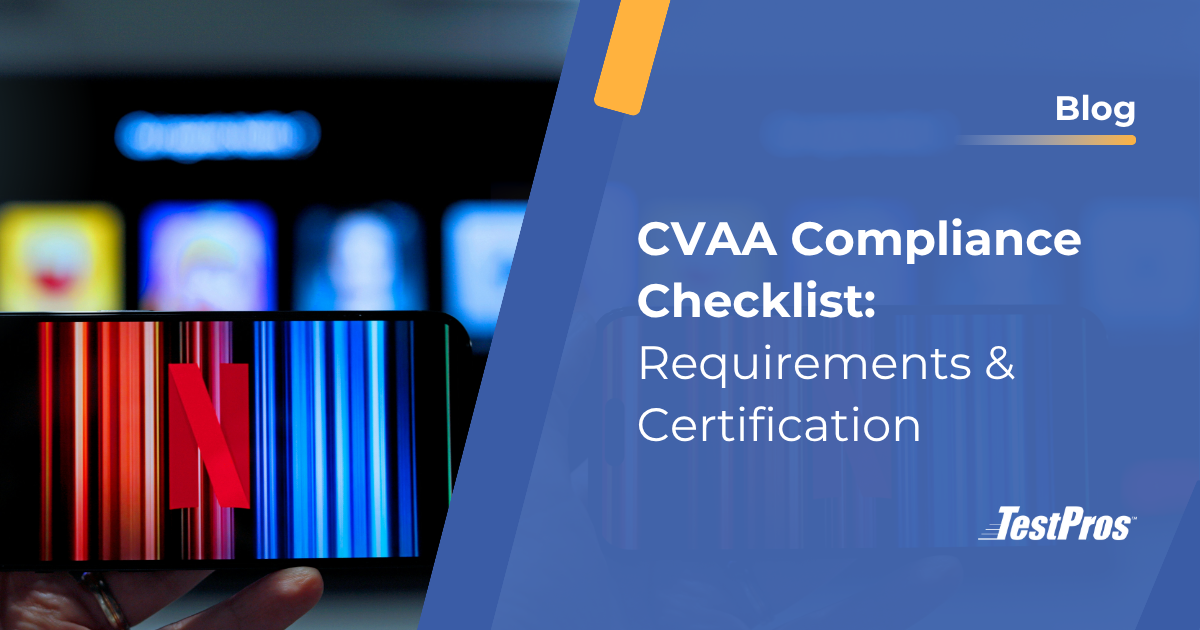The 21st Century Integrated Digital Experience Act – or 21st Century IDEA – was signed into law in December 2018 and requires federal agencies take several steps to improve the federal government’s digital services. Specifically, the Act requires all executive branch agencies to:
- Modernize their websites and other digital services (to include intranet applications, not just publicly accessible ones)
- Digitize services and forms
- Accelerate the adoption of e-signatures
- Improve customer experience
- Standardize and transition to centralized shared services (e.g., Login.gov, Cloud.gov, Search.gov, etc.)
In addition, federal agencies developing new or redesigning existing websites, web-based forms, web-based applications, or other digital services intended for use by the public must:
- Accessible – be accessible and compliant with Section 508 of the Rehabilitation Act of 1973
- Consistent – have a consistent appearance
- Authoritative – not overlap or duplicate legacy websites
- Searchable – contain search functionality
- Secure – provide a standard secure connection (e.g., SSL/TLS)
- User-centered – designed around user needs using data-driven analysis
- Customizable – customizable by users to optimize their user experience
- Mobile-friendly – fully functional and usable on common mobile devices
What is the U.S. Web Design System?
21st Century IDEA also requires compliance with “United States Website Standards” identified by the Technology Transformation Services of the General Services Administration (GSA). The standard adopted by GSA is the U.S. Web Design System (USWDS), which includes:
- Components – common HTML/CSS components and styling for controls such as search input fields, typography, spacing, color, utilities, banners, footers, etc.
- Design tokens – common and easily modifiable styling via SCSS variables and utilities
- Theming / Templates – USWDS provides baseline styling and templates for a variety of potential components and website page types
USWDS Design Principles
USWDS is driven by five key design principles, ultimately designed to help federal agencies design, and build better experiences for the American public (as well as their internal users, as practicable). USWDS design principles include:
- Start with real user needs – digital services should be user tested and driven by interacting with users early, testing with potential users, and using prototypes to test assumptions
- Earn trust – federal government websites should be easily identifiable, built with modern best practices, regularly reviewed and updated, use a .gov top-level domain, find and fix broken links, keep content easy to read (e.g., in accordance with the Plain Language Act), properly manage data and records, and more.
- Embrace accessibility – incorporate accessibility and inclusion into design and development processes, to include following existing standards (e.g., Section 508), contracting for accessibility (e.g., incorporating accessibility requirements into RFPs), testing for accessibility, being responsive to accessibility issues when they are found, use agency resources (e.g., Department of Homeland Security / Office of Accessible System and Technology).
- Promote continuity – the U.S. government’s presence should be consistent and familiar to users across all public facing digital services. For example, websites should use a common style guide, support a wide range of devices and platforms, test on real devices, move or remove content with care, support re-use of saved data, etc.
- Listen – solicit, learn from, and adjust based on user feedback through active collection of issues, collection of direct feedback, analyzing analytics data, using direct observation, and continued testing with real users (even after initial development completed).
USWDS Maturity Model
Like other government IT transformation efforts (e.g. Capability Maturity Model Integration and Cybersecurity Maturity Model Certification), USWDS has adopted a maturity model system. What this means, is that not only should USWDS design principles be incorporated into the end-result of development efforts, but certain policies, procedures, and activities should be institutionalized within agency’s development practices.
The three USWDS maturity levels include:
- Maturity Level One – Integrate the Design Principles listed above
- Maturity Level Two – Follow user experience guidance
- Maturity Level Three – Use USWDS code (e.g., components, tokens, SaaS files, etc.)
One of the benefits of using a maturity model is that it operates under an assumption that implementation does not typically happen all at once. In other words, there is an understanding that your organization may not currently be – nor will ever be – fully mature in their implementation of all the USWDS guidance. This contrasts with typical black and white legislation or regulations, which allows organizations some flexibility and time to mature.
USWDS has developed and provided a helpful maturity assessment worksheet which can be used to conduct a gap assessment of your organization’s current level of maturity and compliance.
How 21st Century IDEA Impacts Federal Contractors
USWDS has several implications for government contracts, especially as it relates to their pricing, staffing, and delivery of contracts. Compliance with the USWDS requirements will necessitate competencies not always incorporated into proposal efforts.
For example, you may need to staff a UI/UX designer, front-end developers may need to have WCAG/accessibility compliance experience, testers may need to have experience with automated USWDS testing / tooling, etc.
We have already observed the government formally and informally requiring 21st Century IDEA compliance within solicitations, similar to how CMMC or Section 508 compliance is currently or soon to be required.
Even if 21st Century IDEA maturity and compliance is not specifically included as a requirement or as part of the evaluation criteria in a solicitation, demonstrating USWDS maturity as part of your technical proposal may provide a competitive advantage (e.g., as is the case with CMMI in many circumstances).
It is also important to remember that some of the requirements reinforce existing procurement legislation and regulations. For example, as a result of Section 508, a broad range of information technology products must be accessible as part of any procurement efforts.
Allow Us to Help
TestPros has 33+ years of experience delivering independent IT assessment and security services to a broad range of government and commercial customers. We are one of the few companies in the industry that not only provides USWDS compliance services, but also with the experience necessary for successful service delivery.
We offer full life-cycle services for USWDS and 21st Century IDEA compliance, to include but not limited to: USWDS compliance and maturity level assessments, program support and assistance with becoming compliant or more mature, and even testing, quality assurance, and development resources/staffing to support new and existing contracts.
To learn more about our services, contact us or check out our services page!





